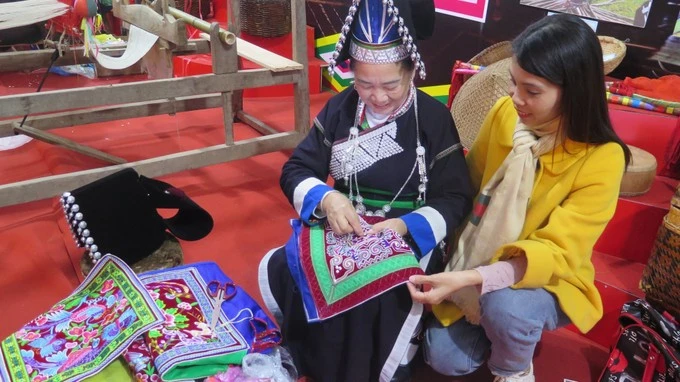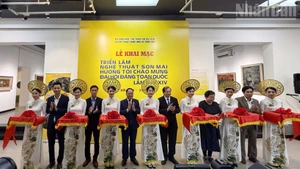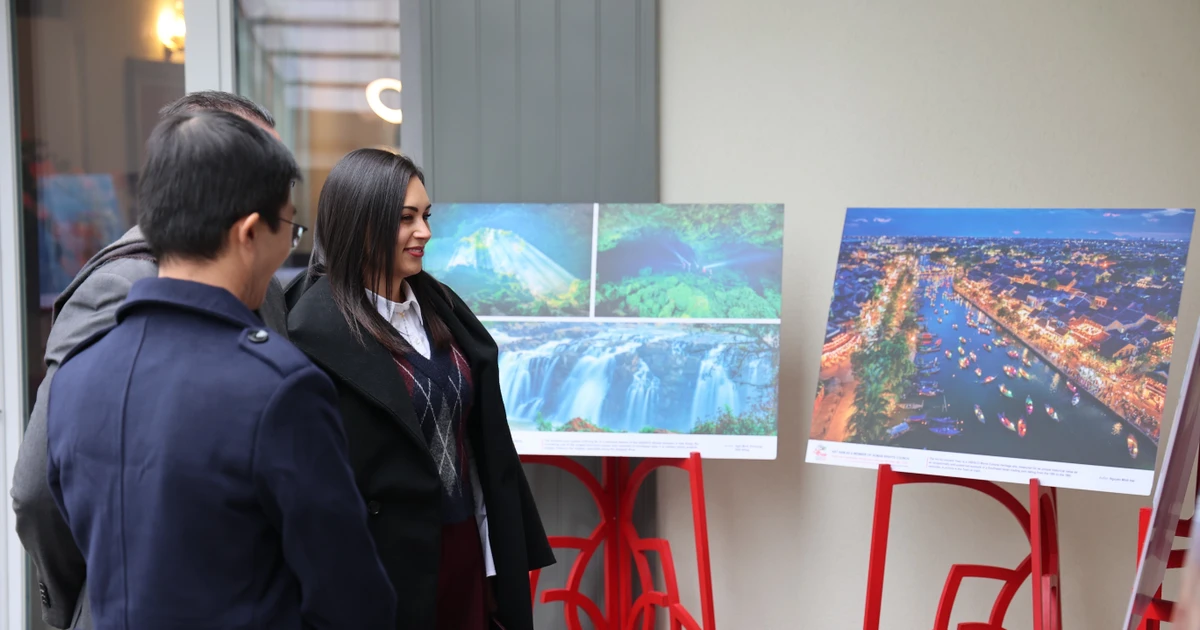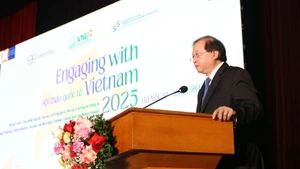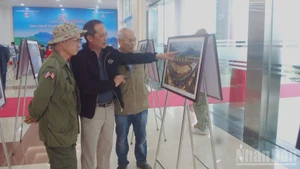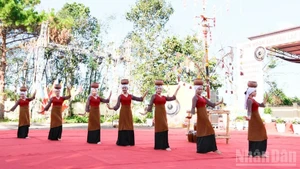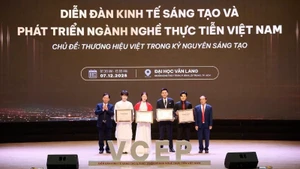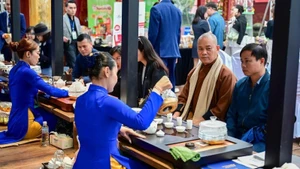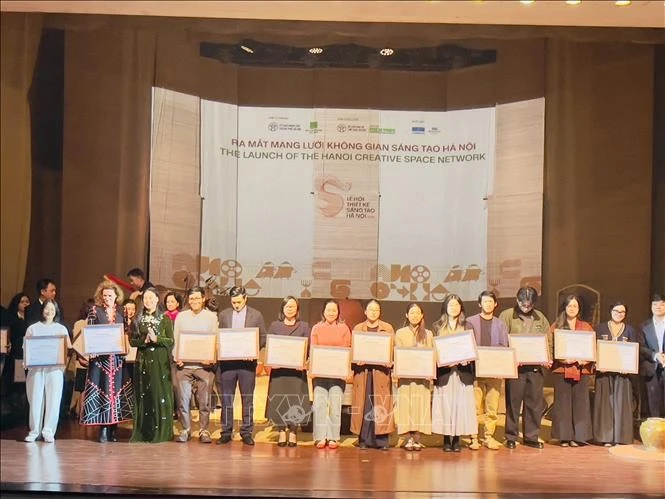Built in 1397 under the Ho dynasty as the capital of Dai Ngu, the citadel is unique for its outstanding construction technique which used large blocks of stone, weighing from 10 tonnes to 26 tonnes each, carefully shaped, interlocked and elevated to about 10 meters high.
The citadel served as a military stronghold to protect the country from invasion, thus becoming a symbol of patriotism and national pride, and a witness of Vietnamese history during the late 14th and early 15th century. For the past six centuries, however, the forces of nature took its toll on the site.
The gate, especially the left – or western – stone vault, is the most important original structure within the citadel complex, but was also the most seriously damaged. In 2018, the AFCP approved a grant of US$92,500 to conserve the stone vault and the southern gate of the citadel.
Speaking at the ceremony, US Ambassador to Vietnam Daniel Kritenbrink expressed his impression of the unique cultural and historical values of the World Cultural Heritage, affirming that the project not only helps preserve the historical and cultural values of Vietnam and the world, but also contributes to further promoting the Vietnam-US friendship.
For his part, Vice Chairman of the provincial People’s Committee Nguyen Duc Quyen thanked the ambassador and the AFCP for sponsoring the project, saying the project demonstrates special attention from the US Embassy for conserving and promoting the value of the heritage.





